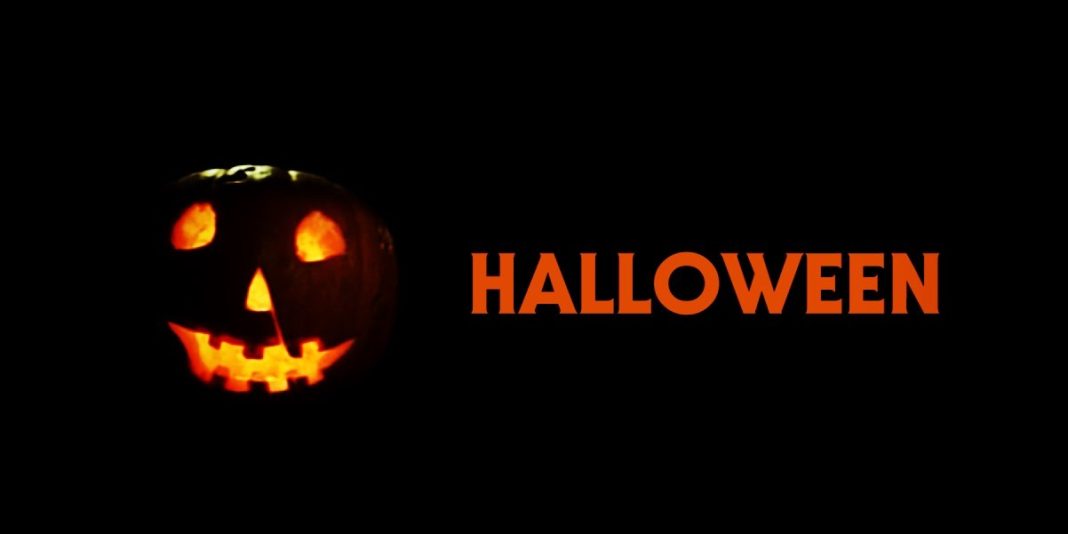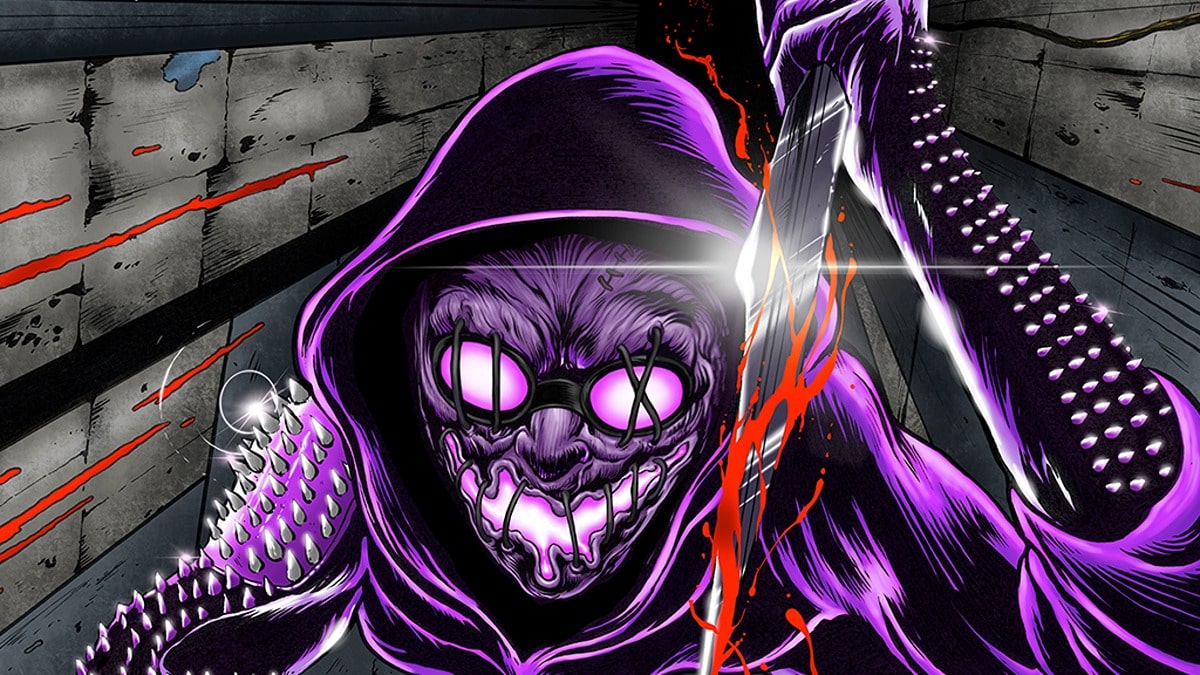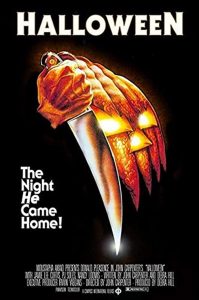
It makes little sense to me to watch John Carpenter’s Halloween during any month other than October. From its title to its premise, the movie quite simply encompasses the core tenets of the Halloween season—masks, death, unexplained phenomena, youthful debauchery, and supernatural occurrences—while also being a kind of puzzle box that reveals a tiny bit of itself upon repeat viewings.
Thing is, those small revelations become more visible when one is caught up in the mysticism and myth of the season, which is why the window of opportunity for watching Halloween in the state of mind I believe it’s meant to be watched in only opens once a year.
For a movie released in 1978, Halloween still has several wide-open questions that have managed to elude answers for decades. They’ve become black holes in themselves, abhorring attempts at certainties regarding its mysteries.
We know the iconic masked killer Michael Myers killed his sister when he was just a child, an act of unjustified violence that would create a monster obsessed with killing people in his hometown of Haddonfield years later. We know he escapes from confinement as an adult, steals a knife and a white mask, and then proceeds to hunt one Laurie Strode (Jaime Lee Curtis) and her high school friends during Halloween night.
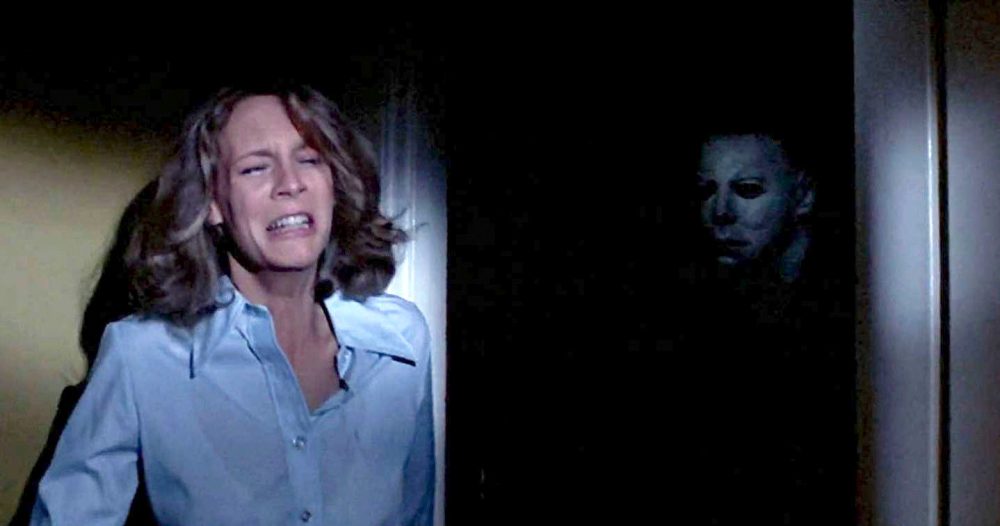
If one dig’s a bit deeper than that, though, the realization that we know even less than the very little we already knew about why Michael Myers kills starts to settle in. That’s when another viewing of the movie becomes warranted, especially after having seen several horror movies beforehand to make sure my horror antennas are finely tuned to the deeply shrouded unknowns of the festivities (not that they aren’t already as I mostly watch horror movies all year long).
This year’s viewing of Halloween got me to notice two things I hadn’t given much consideration to: young Michael taking a moment to look at the knife he’s using as he’s killing his sister Judith without interrupting the violence, and Laurie’s comments on fate during a scene in which she’s taking her English literature class.
The former comes in the movie’s first-person POV opening sequence, where we’re guided by a young Michael through his house as he makes his way to his sister’s room. Michael is walking around in a clown costume, stopping first in the kitchen to pick up a big knife. He then finds a clown mask to fit the costume and puts it on as he nears Judith’s room. Finally, he walks into the room, goes up to his sister, and starts stabbing. In the process, something curious happens.
As he’s stabbing Judith, Michael takes a moment to look at the knife he’s using as it plunges into the body, producing a strange POV angle that gives off the impression Michael is trying to comprehend what’s happening as it occurs. It looks odd, as if he’s not entirely in control of the stabbing. In fact, it looks as if it’s happening without his say-so.
The idea Michael Myers is possessed by pure evil or some sinister entity of some sort finds purchase here, an idea that’s been floated around previously by others. The film’s signature vagueness allows for it. The original story offers no hint whatsoever that Michael is the product of a broken home or an abusive family, or that he stumbled upon something evil that took over him. Michael Myers just decided to start killing one Halloween night.
Rob Zombie’s 2007 Halloween remake tries to shed light on Michael’s purpose by giving him a childhood steeped in abuse and bleakness, but in being so explicit with it he only manages to dampen the horror behind the randomness of Michael’s violence. In looking for answers, Zombie found only cliché and shallowness.
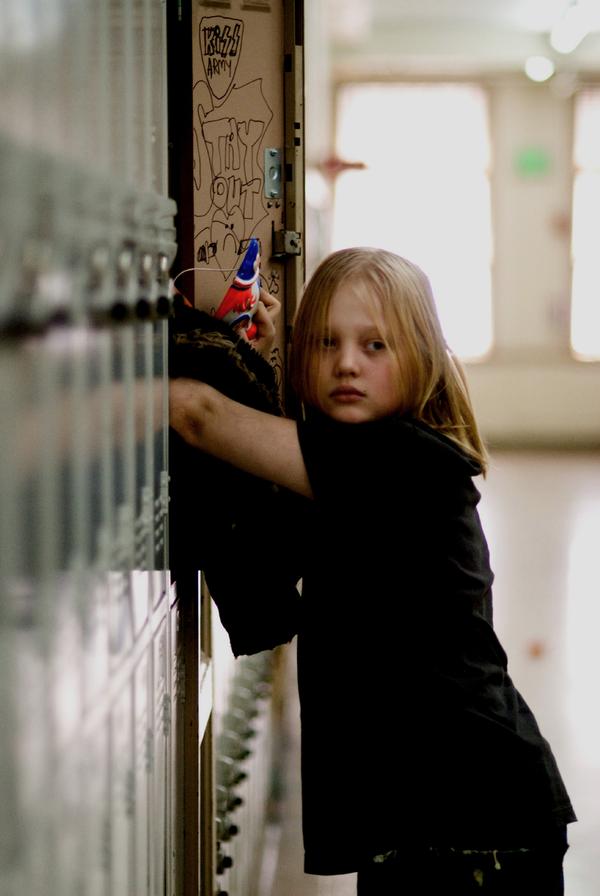
If Michael is being controlled by evil and he’s but a mere vessel for what eventually turns into the Boogeyman in Carpenter’s story, then this explains his inability to die by conventional means (in the first movie alone, Michael is stabbed, has his neck punctured with a big needle, gets his eye pocked out with a clothes hanger, and is shot multiple times). It also explains the ghost-like quality of his movement around Haddonfield, quickly coming in and out of view as he stalks his victims.
The story’s insistence on calling Michael the Boogeyman fits the mold, then, especially when one considers the word bogey, which finds it origins in the mid-19th century, was originally used to refer to the devil. According to the Oxford English Dictionary, bogey could’ve been derived from the word Middle English word bogge or bugge, which meant terror or scarecrow.
It might be just a few seconds worth of a clue, but young Michael’s quick glance at the knife in the middle of his sister’s murder, and the fact it doesn’t alter his stabbing motion one iota, is enough to get one thinking.
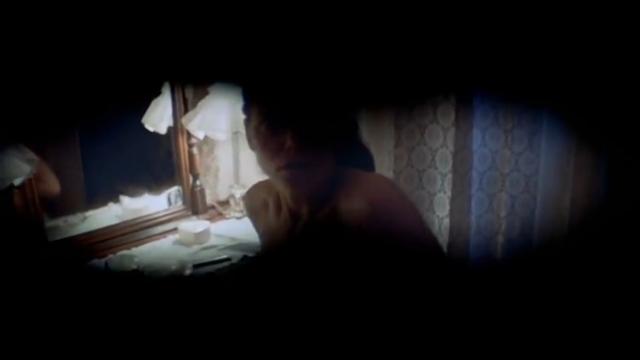
The second observation can be taken as a very minor detail, but I believe it offers a good hint as to why Michael kills. It’s important we remember something first. In the original movie, Laurie isn’t known as Michael’s sister. That’s written into the story in Halloween II (1981), when Dr. Loomis learns of a sealed government file containing the new information. The Rob Zombie remake doubles down on the sister angle and uses it to give Michael’s killings another meaning. It’s already been written out, though, in David Gordon Green’s new Halloween trilogy.
For all intents and purposes, Michael Myers’ night of bloody murder descends upon Laurie and the people closest to her without any indication as to why they were chosen. Michael stalks them intentionally, it seems, and it all has a foreboding sense of doom that one would think could’ve ended with a twist finale or a reveal that explains why chose to go down that particular path of destruction. And yet, those revelations never come to light.
Laurie and her friends are essentially random victims Michael Myers decided to put in his path. They weren’t in his way. He invaded their paths and forced a new destination.
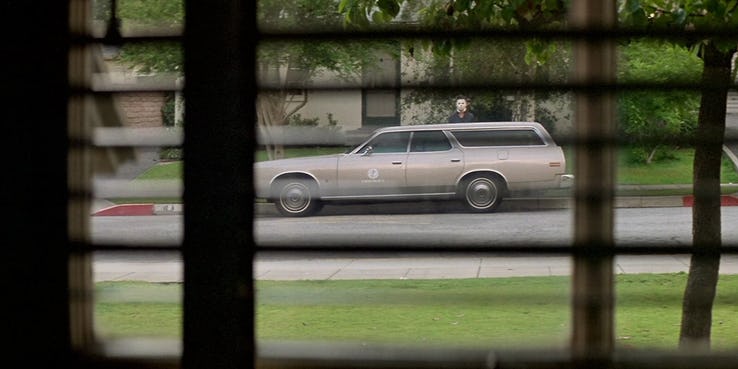
The second observation comes in the scene where we see Laurie sitting in a classroom, taking her English literature class. The teacher’s discussing a book that touches upon the idea of fate. Laurie looks out the window to see Michael Myers standing across the street staring at her. The teacher calls on Laurie to answer a question on what a certain author says on the topic of fate.
The exchange goes like this:
Teacher: … and the book ends, but what Samuels is really talking about here is fate. You see, fate caught up with several lives here. No matter what course of action Collins took, he was destined to his own fate, his own day of reckoning with himself. The idea is that destiny is a very real, concrete thing that every person has to deal with. How does Samuels’ view of fate differ from that of Costaine’s? Laurie?
Laurie: M’am?
Teacher: Answer the question.
Laurie: Costaine wrote that fate was somehow related only to religion, where Samuels felt that, well, fate was like a natural element, like earth, air, fire, and water.
I couldn’t help but think that this rather cold take on how things are destined to happen by virtue of fate can somewhat explain Myers’ murderous intentions. The movie’s lack of a clear motive as to why Laurie is suddenly pulled into Michael’s orbit could be explained as fate just running its course.
It can be as simple as bad things happening to good people, only the evil that is Michael Myers elevates anything bad into a level of insidiousness that sets him apart from other horror slashers. Freddy Krueger is a sadistic monster that loves to play with his victims. Jason can be taken as a revenge-fueled entity with mommy issues. Michael Myers doesn’t fall into either of those two categories. He’s not merely a psycho or a manic. I can’t even say he’s insane. Michael Myers kills, and if you’re lucky you might get but a stab at figuring out why he does it.
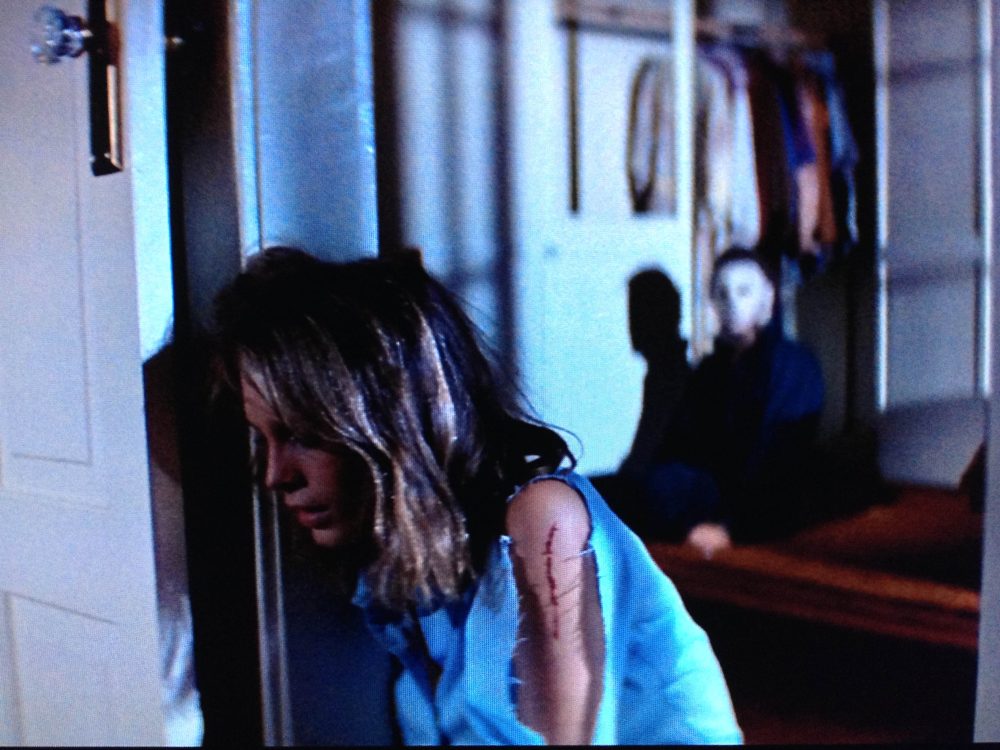
I don’t think I’d be able to look this deeply into Halloween were I to see it in the middle of the year, or in Christmas, or in any other season for that matter. The movie blooms like a carnivorous flower during Halloween to reveal its darkest secrets, if only just a sliver of them. This year, the mystery locked me in with two things I had neglected to pay attention to in previous viewings. In a year’s time, I hope to discover more by going deeper into the dark machinations of John Carpenter’s classic slasher.
Maybe one Halloween night I’ll finally be able to figure out just what exactly is the boogeyman.


